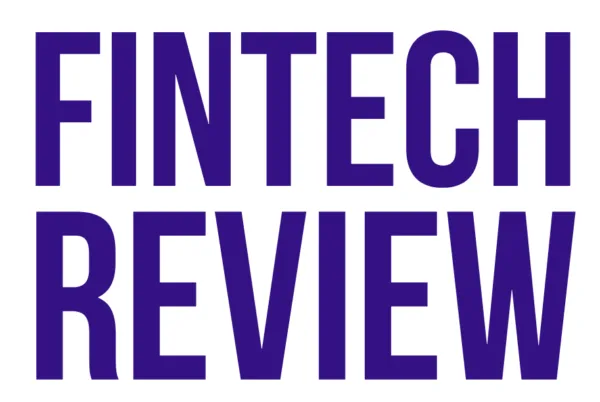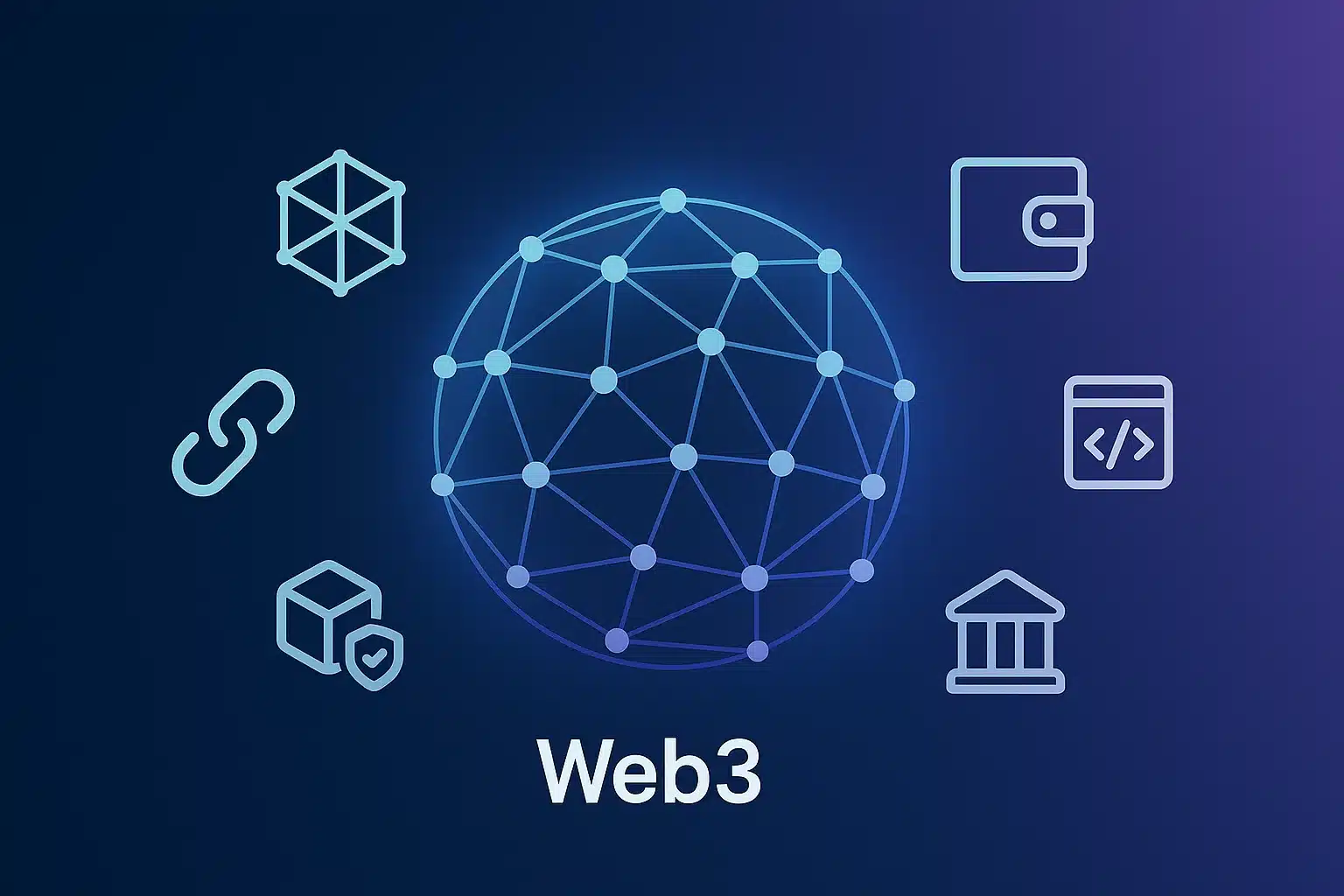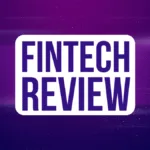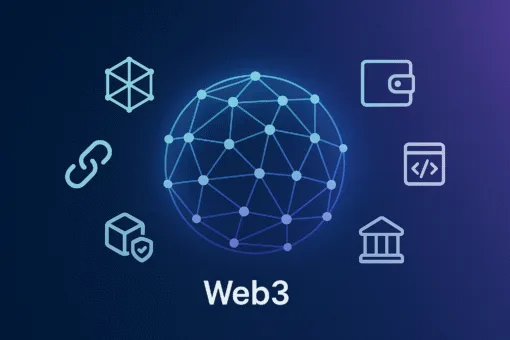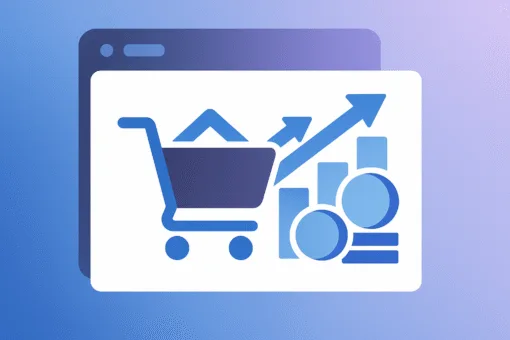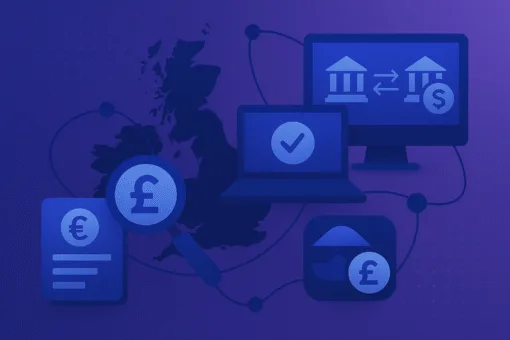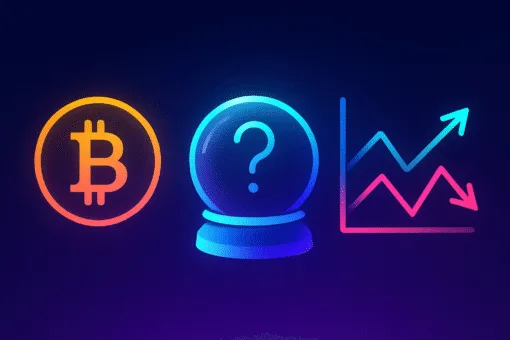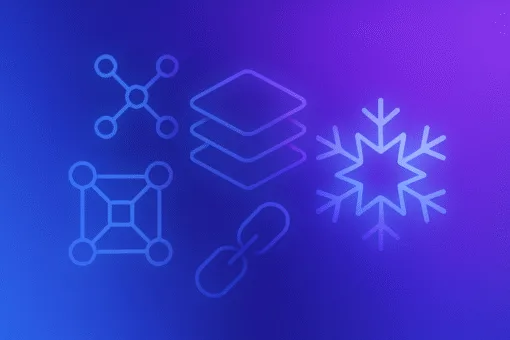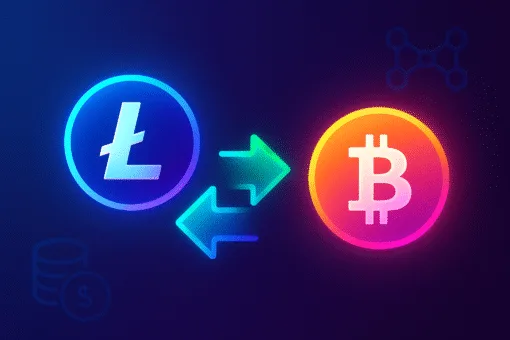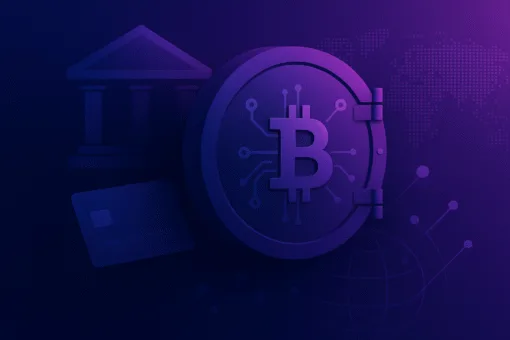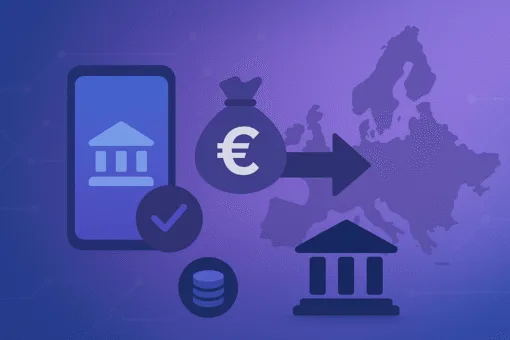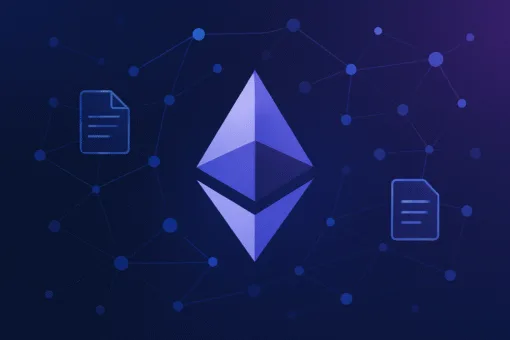Web3 is a term that has captured the attention of technologists, investors, and entrepreneurs across the globe. It promises to revolutionise the internet by shifting power away from centralised platforms and placing it in the hands of users. But what exactly is Web3, and why does it matter?
To understand Web3, it helps to take a quick look back at how the web has evolved over the past three decades.
The Evolution: From Web1 to Web3
The original version of the internet, often called Web1, was a read-only web. It existed during the 1990s and early 2000s. Most users consumed static content created by a small number of publishers. Websites functioned like digital brochures, and interaction was minimal.
Web2 arrived in the mid-2000s and transformed the internet into a read-write environment. Platforms like Facebook, YouTube, and Amazon made it easy for users to generate content, interact, and transact online. This era gave rise to social media, mobile apps, and cloud computing.
However, Web2 also brought centralisation. A small group of companies came to dominate the internet. They controlled user data, dictated platform rules, and monetised content and interactions. Critics argue that users lost ownership of their online identity and creativity in the process.
Web3 proposes a different path. It aims to create a read-write-own version of the internet. Built on decentralised technologies such as blockchain and peer-to-peer networks, Web3 promises to give users more control over their data, digital assets, and online presence.
Core Principles of Web3
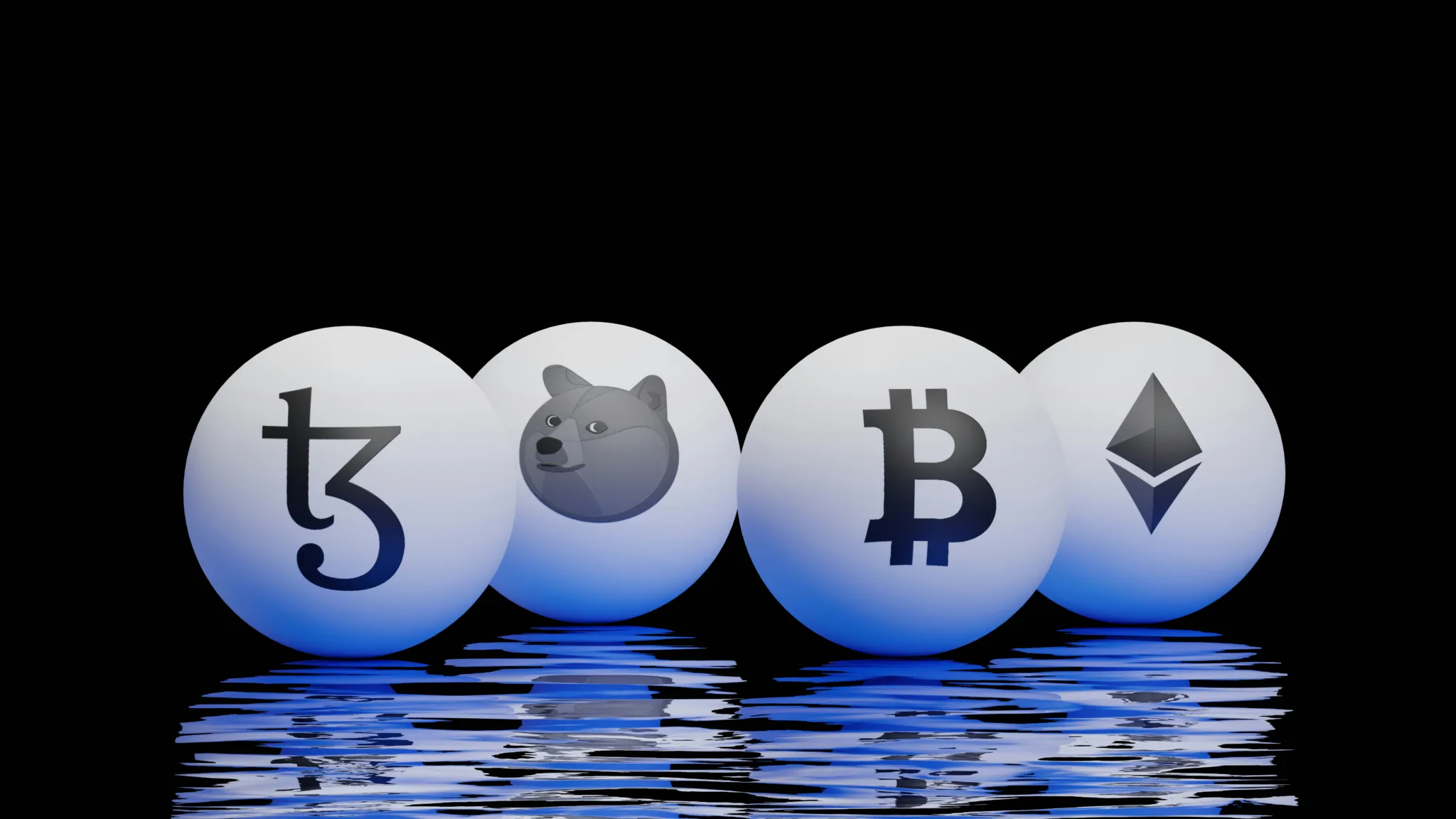
At its heart, Web3 is not just about technology. It reflects a new philosophy of how the internet should function. Several principles define this movement.
First, Web3 advocates for decentralisation. Instead of relying on central servers or companies to store and process data, it uses distributed networks. These are often powered by blockchains, where data is stored across multiple nodes and verified by consensus.
Second, Web3 supports digital ownership. Through tools like cryptocurrencies and non-fungible tokens (NFTs), users can own pieces of the web. These assets can include money, art, memberships, or even land in virtual worlds.
Third, Web3 promotes open-source development. Code is transparent and community-driven, reducing reliance on closed platforms. Developers can contribute to public protocols and build on each other’s work.
Finally, Web3 encourages native payments. Instead of relying on banks or card processors, it uses digital currencies for transactions. This allows for global, permissionless payments without intermediaries.
Web3 Technologies Explained
Several technologies enable the Web3 vision. The most prominent is blockchain, a secure and transparent ledger that records transactions and data. Ethereum is currently the most widely used blockchain for Web3 applications. It supports smart contracts, which are self-executing programs that run on the blockchain.
Smart contracts form the backbone of decentralised applications, also known as dApps. These apps function like traditional software but run on peer-to-peer networks. They do not depend on a single server or company to operate.
Digital wallets also play a key role. A wallet lets users store their cryptocurrencies and interact with Web3 services. Unlike traditional logins, a wallet serves as both identity and payment method. Metamask and Phantom are two of the most popular Web3 wallets.
Another important concept is the decentralised autonomous organisation, or DAO. A DAO is a group of people who make decisions collectively using smart contracts. Members often hold governance tokens, which give them voting power. DAOs can manage investment funds, run social clubs, or govern online platforms.
Interoperability is also central to Web3. Protocols like Polkadot and Cosmos aim to connect different blockchains, allowing data and assets to move freely between them.
Use Cases and Applications
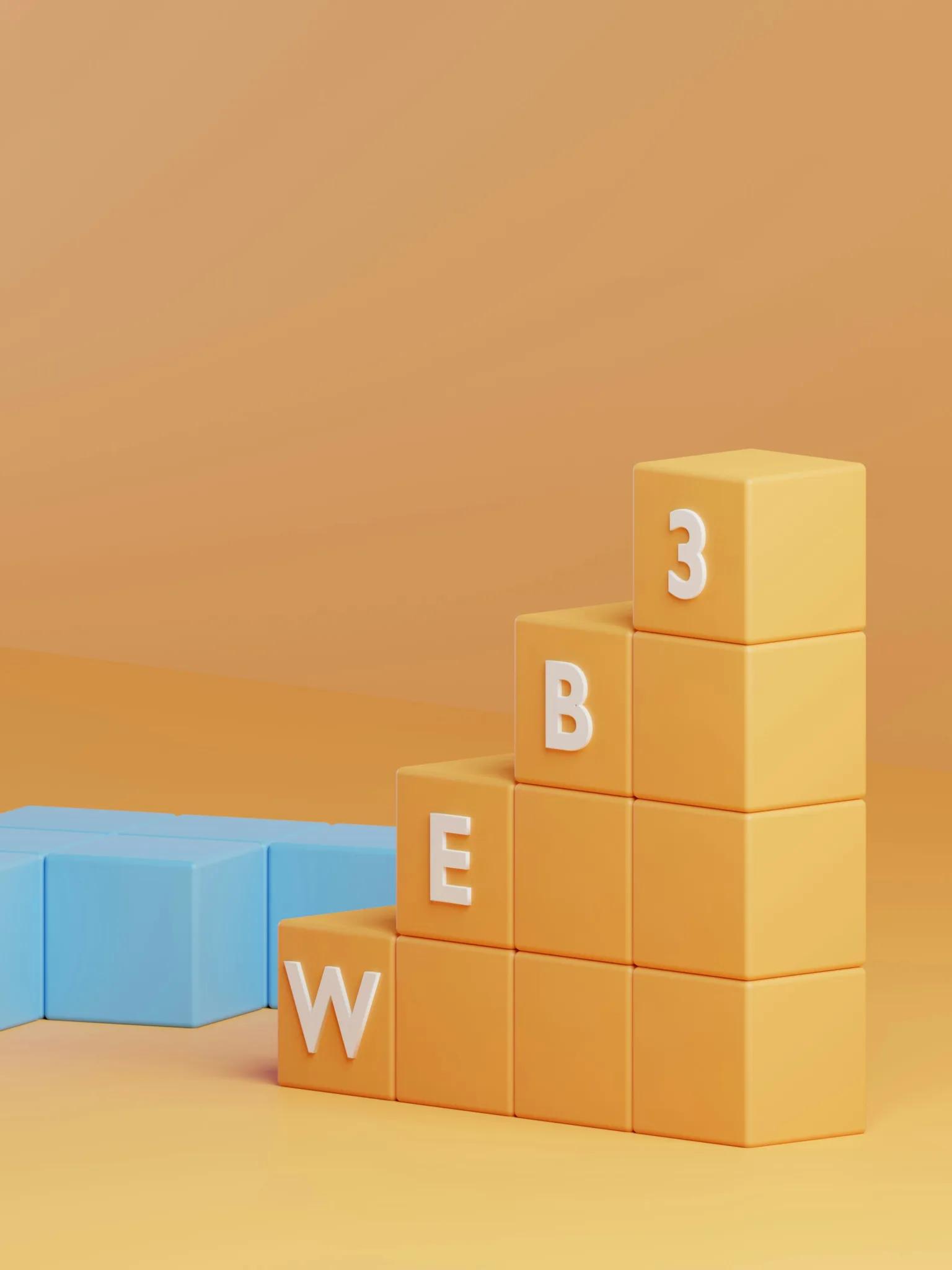
Web3 is not just an idea. It already powers a growing number of applications across various sectors.
In finance, Web3 has given rise to decentralised finance, or DeFi. This includes services like lending, borrowing, trading, and saving without traditional banks. Platforms such as Aave, Compound, and Uniswap operate entirely on smart contracts.
In art and media, NFTs allow creators to sell their work directly to fans. Artists can mint digital art as unique tokens and earn royalties every time the work is resold. This challenges the role of galleries and platforms as middlemen.
Gaming is another major area of growth. Play-to-earn games such as Axie Infinity reward users with tokens they can trade or sell. Virtual worlds like Decentraland and The Sandbox allow users to buy land, host events, and build communities, all on blockchain.
Social networking is also being reimagined. Platforms like Lens Protocol and Farcaster offer decentralised alternatives to Twitter and Instagram. Users control their content, follow lists, and identities, rather than the platform doing so.
Even identity is evolving. Web3 tools such as ENS (Ethereum Name Service) and Verifiable Credentials let users build portable digital identities they can use across different apps and platforms.
Challenges Facing Web3
Despite the promise, Web3 is not without hurdles. The first is usability. Most Web3 applications are difficult for non-technical users. Managing private keys, paying gas fees, and navigating decentralised interfaces can be daunting.
Scalability is another issue. Popular blockchains often face congestion, leading to slow transactions and high costs. Projects like Ethereum 2.0, Layer 2 networks, and alternative chains aim to solve this but are still in development or adoption phases.
Security remains a concern. Smart contracts can have bugs or vulnerabilities, leading to hacks and losses. Since these systems are permissionless and irreversible, recovering lost funds is often impossible.
Regulation is also unclear. Governments are still figuring out how to treat cryptocurrencies, NFTs, and DAOs. This uncertainty creates legal risks for developers and users.
Finally, critics argue that many Web3 projects are not truly decentralised. Some rely on centralised hosting, funding, or governance. Achieving full decentralisation is complex and often comes with trade-offs in speed and coordination.
Web3 vs Web2

One of the biggest debates in the tech world is whether Web3 will replace or coexist with Web2. Supporters of Web3 believe that it will gradually displace centralised platforms by offering better ownership, privacy, and incentives.
Sceptics argue that Web3 is too complex for most users and that centralisation offers better performance and accountability. They point to the early failures of some decentralised apps and the speculative nature of many Web3 assets.
In reality, the two models may converge. Web2 companies like Twitter and Reddit are already exploring Web3 features. Twitter allows users to verify NFTs as profile pictures. Reddit has launched community tokens on blockchain.
Hybrid models may emerge, where centralised platforms offer decentralised components. For example, a game might use blockchain for in-game assets but still run its servers centrally. The key will be user experience. If Web3 tools can match or exceed the ease of use of Web2, adoption will follow.
The Economic Impact of Web3
Web3 has the potential to reshape the internet economy. By cutting out intermediaries, it creates new models of value creation and distribution. Artists, developers, and communities can earn directly from their work without relying on ad revenue or corporate gatekeepers.
Token-based incentives align users and developers. For example, a user who helps grow a network may receive tokens that appreciate in value. This transforms users from consumers into stakeholders.
New forms of work are also emerging. People earn income from DAOs, NFT projects, and DeFi platforms. Web3 opens opportunities for freelance governance, digital asset trading, and content curation.
However, this new economy is volatile. Token prices fluctuate wildly, and projects can fail overnight. Participants must navigate risk, regulation, and changing market dynamics.
What’s Next for Web3?
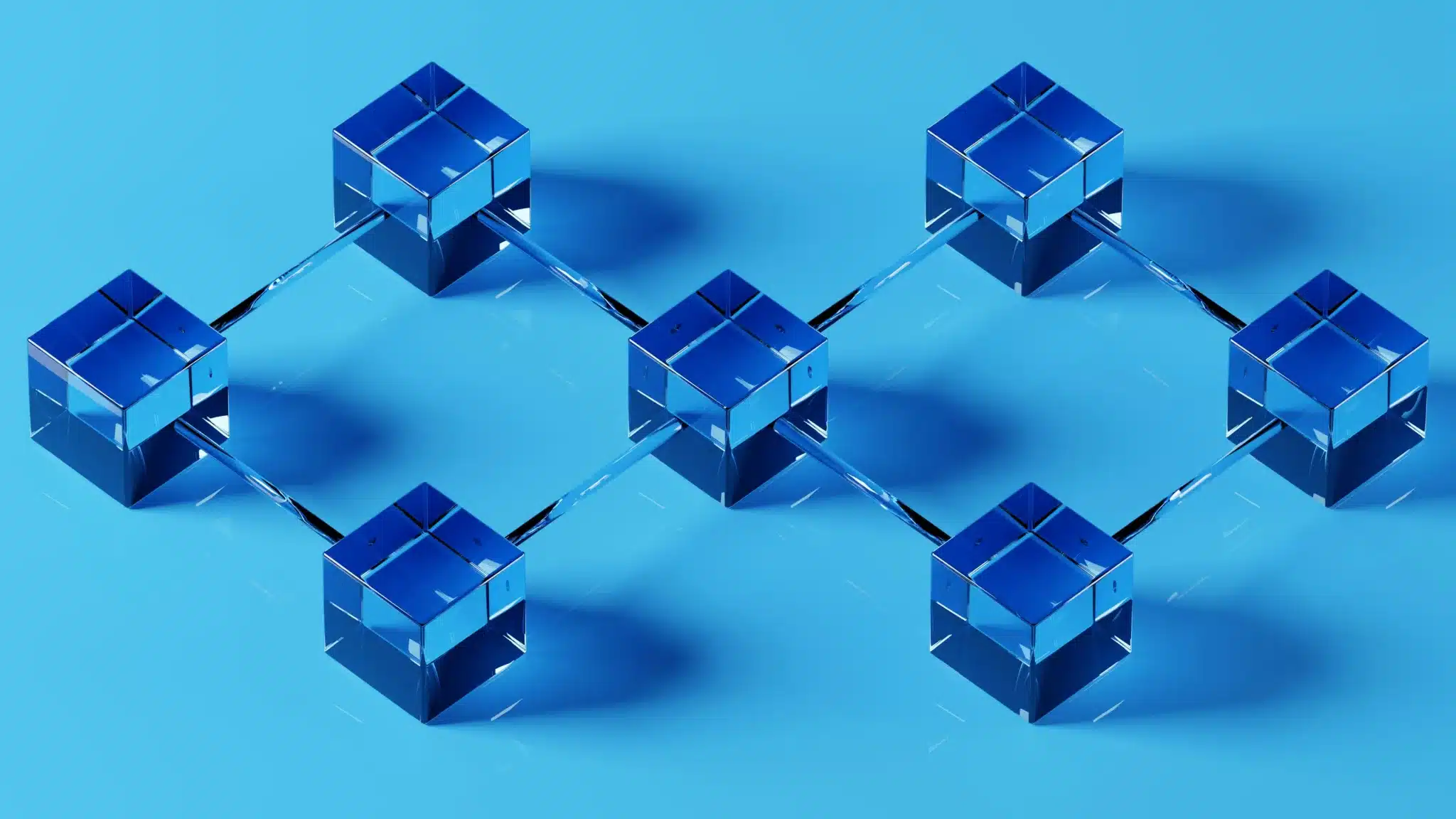
Web3 is still in its early stages. Most of its infrastructure is being built, tested, and iterated. In the coming years, several trends are likely to shape its development.
First, onboarding will improve. Simpler wallets, better interfaces, and mainstream integrations will bring Web3 to a wider audience. Projects focused on mobile-first experiences and fiat on-ramps will help drive adoption.
Second, the lines between Web2 and Web3 will blur. Tech giants may adopt blockchain features while startups will offer decentralised alternatives to familiar services. The battle for user attention and trust will intensify.
Third, regulation will evolve. Governments will introduce frameworks to manage risks and protect consumers. Clearer rules could encourage more institutional participation and open the door to broader acceptance.
Fourth, new applications will emerge. Decentralised science, Web3 education, and open-source funding are areas with untapped potential. The combination of data ownership, smart contracts, and global connectivity creates endless possibilities.
Conclusion
Web3 is more than just a technological upgrade. It represents a shift in how we think about the internet, ownership, and value. By placing control back in the hands of users, it offers a vision of a more open, transparent, and inclusive digital world.
Like all revolutions, Web3 faces obstacles. But the momentum behind it is growing. Whether it fully replaces Web2 or reshapes it from within, Web3 is set to play a key role in the future of the internet.
If you want to explore Web3, start by setting up a wallet, trying a dApp, or joining a DAO. The best way to understand it is to experience it firsthand.
